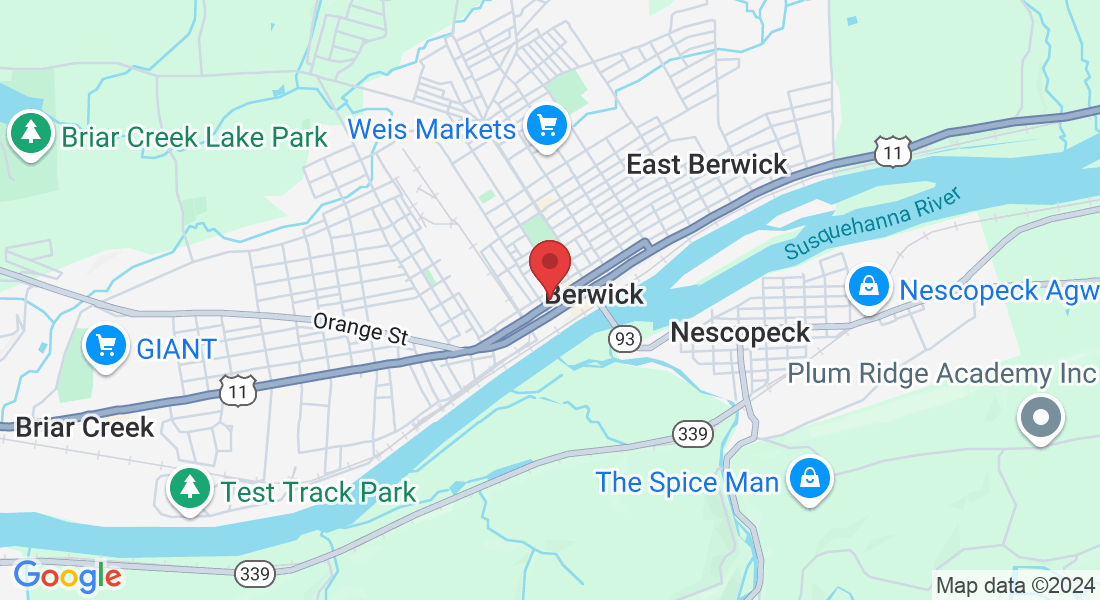Blog

Dry Needling vs. Cupping
In the realm of holistic healing and chiropractic care, myriad techniques vie for attention, each offering unique benefits and results. Two such modalities, dry needling and cupping, have gained prominence for their efficacy in alleviating pain and promoting overall wellness. At All Day Chiropractic, we understand the importance of delineating between these two practices to better serve our patients. Let's delve into the nuances, benefits, and differences between dry needling and cupping.
Dry Needling: Targeting Muscular Pain
Dry needling, often hailed as the "acupuncture of the West," involves the insertion of thin needles into specific trigger points or knots in muscles. Unlike acupuncture, which follows traditional Chinese medicine principles and focuses on balancing energy flow, dry needling primarily targets muscular pain and dysfunction. By pinpointing these trigger points, practitioners aim to elicit a twitch response, releasing tension and promoting muscle relaxation.
The benefits of dry needling are manifold. Firstly, it offers targeted relief for musculoskeletal pain conditions such as neck pain, back pain, tendonitis, and sciatica. Additionally, it enhances blood circulation, stimulates the body's natural healing mechanisms, and improves range of motion. Patients often report immediate pain relief and improved mobility following dry needling sessions.
Cupping: Harnessing Suction for Healing
Cupping therapy traces its origins to ancient Chinese, Egyptian, and Middle Eastern cultures and involves the placement of cups on the skin to create a vacuum or suction effect. This suction draws stagnant blood and toxins to the surface, facilitating their removal and promoting circulation. Cupping is renowned for its ability to alleviate muscle tension, reduce inflammation, and promote relaxation.
Unlike dry needling, which penetrates the skin with needles, cupping therapy remains non-invasive, making it suitable for individuals averse to needles or seeking alternative pain relief methods. Cupping sessions often leave distinctive circular marks on the skin, indicating the release of tension and improved blood flow to the treated areas.
Understanding the Differences
While both dry needling and cupping offer valuable therapeutic benefits, they differ in their approach and application. Dry needling targets specific muscle knots and trigger points to relieve pain and dysfunction directly, whereas cupping therapy focuses on promoting circulation, reducing inflammation, and releasing tension through suction.
At All Day Chiropractic, our dedicated team of professionals is committed to providing personalized care tailored to your unique needs and preferences. Whether you opt for dry needling, cupping, or a combination of modalities, our goal remains the same: to enhance your well-being and restore optimal function to your body.
In conclusion, the choice between dry needling and cupping ultimately depends on individual preferences, health goals, and the advice of your chiropractic care provider. Whichever path you choose, rest assured that All Day Chiropractic is here to support you on your journey to wellness.


